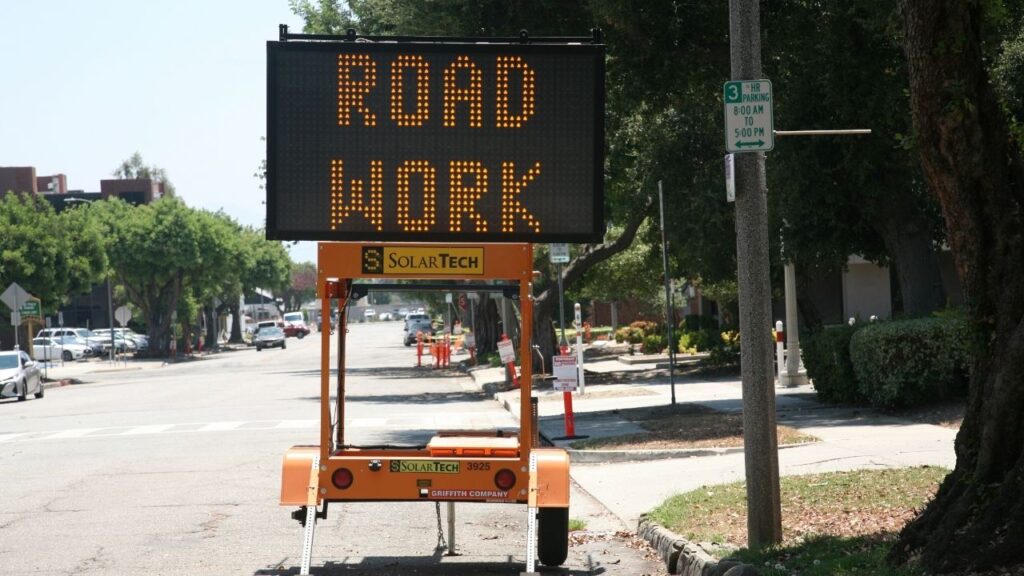Share
It has become an annual tradition of tragedy — wildfires ravaging large swaths of the California landscape, each year shattering records of destruction seemingly set only months prior.
Once again wildfires rage in our own backyard, blazing through countless acres of dead and dying vegetation still struggling to recover following years of drought, forest mismanagement, and widespread bark beetle infestation. In addition to the contributing environmental factors at play, the ferocity of these wildfires has been compounded by the degrading conditions of those lands most vulnerable to wildfires — our forests.

Opinion
Nathan Magsig
Threats to Public Safety
There is much ongoing discussion about forest management practices throughout our state and, while parties may debate the many reasons why our forests have arrived at their current state, what is most important are the actions being taken to proactively address conditions that pose a threat to public safety.
Though it has remained largely outside the view of the public, there are great strides being made to address high tree mortality in our communities, reduce wildfire risks and make a case for why the forest resources need to be protected moving forward.
300,000 Trees Removed
To date, Fresno County’s Tree Mortality Task Force — a partnership between Fresno County, Cal Fire, Pacific Gas & Electric Co., Southern California Edison, Caltrans, the U.S. Forest Service, and local Fire Safe Councils — has removed more than 300,000 stricken trees that have threatened roads, power lines, campsites, homes, and general public safety.
But while those numbers may sound impressive, it is but a fraction of what is needed.
Though it is difficult to see our forests suffer such terrible losses, such projects and the safe removal of this material is a necessity. Removal of these trees reduces fuel loads, protects the health and safety of the many residents and visitors within hazardous areas, helps to protect our vast infrastructure, and fosters new forest growth. In addition, removal of combustible materials along our roads offers the benefit of firebreaks that serve to slow and/or stop the advance of potential wildfires and helps to protect communities.
Still at Risk
Consider what is at risk, particularly in Eastern Fresno County, home to so many gems of our region and state, and among the areas most vulnerable to the threat of wildfire:

- Tree mortality threatens the homes and livelihoods of nearly 10,000 permanent residents who call Eastern Fresno County home. These residents work, support, and provide recreation activities for thousands of visitors from around the world each year.
- Eastern Fresno County is home to 25 organized camps with a total of 5,100 beds. These camps provide unique experiences for youth and special needs children from throughout California. These camps face substantial concerns regarding tree mortality. While camp operators are taking steps to address issues on their property, they rely on Cal Fire and Fresno County to ensure fire breaks are in place and roads remain accessible.
- The Kings and San Joaquin rivers provide clean drinking water to hundreds of thousands of Californians, including many small communities in the central San Joaquin Valley. A healthy forest in these watersheds will ensure sustainable water for the future.
- PG&E’s Helms Project and Southern California Edison’s Big Creek Project. These hydroelectric projects are an integral part of California’s electrical grid. The projects together can produce over 2,200 megawatts of power, enough to power over 2 million homes.
Hard and Tragic Lessons
The work being done is critical to addressing the immediate need to minimize wildfire risks and improve safety within Fresno County. However, without concentrated efforts to increase forest sustainability through improved forest management, the many resources in Fresno County and the work we do now is nothing more than a stall for a catastrophic event that may become inevitable without meaningful action.
When it comes to wildfires, California has been forced into learning some very hard and often tragic lessons in recent years. Our hearts break for those communities that have been touched by such devastation as we strive to ensure the education delivered at such a high cost is put into practice. We’re off to a good start, but there is a lot of work to be done. It’s time to find a more permanent solution to improving forest health and protecting our communities, here in Fresno County and throughout California.
Nathan Magsig was elected to the Fresno County Board of Supervisors in 2017. He serves District 5 in Eastern Fresno County.
Categories

OpenAI and ChatGPT Down for Thousands of Users, Downdetecter Shows


















